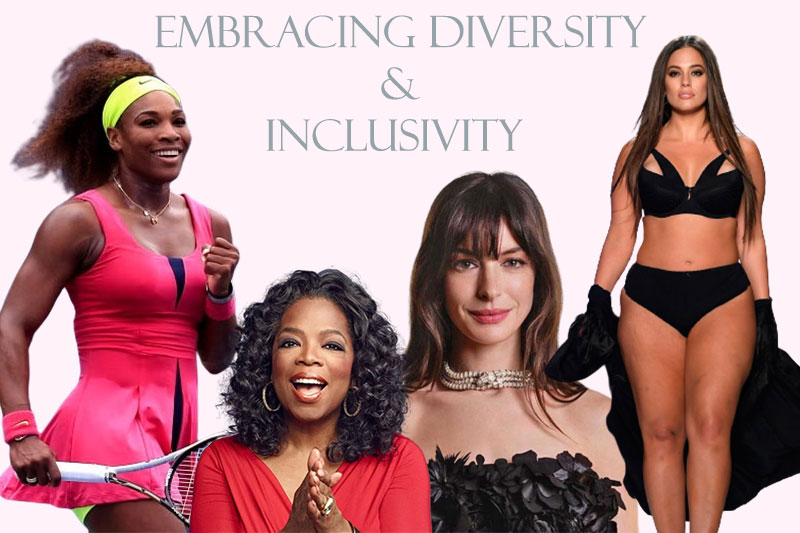The fashion industry is witnessing a remarkable inclination to embrace inclusivity and diversity. Focusing on promoting a narrow and unrealistic standard of beauty is a past now. Today, fashion is more inclusive and focuses on celebrating individuality and redefining the boundaries of representation. And this gives another perspective to creative and tech pack designers to think out of the box. This post explores the importance of Inclusivity and diversity in fashion. And highlight some of the positive impacts it has on both the industry and society as a whole. I will be broadly covering the points, and in case I miss out on any, please mention those in the comment below.
Celebrating Body Positivity
One of the significant shifts in the fashion industry is commitment to body positivity. The best examples are the emergence of numerous plus-size fashion brands. And many celebrities endorse body positivity. Some are Serena Williams, Rihanna, Jennifer Lopez, and Anne Hathaway. Fashion brands are embracing diverse body types, sizes, and shapes. Adopting old and rigid beauty standards is out of trend these days. This shift has led to a shift in mindset. A change from being excluded from the mainstream fashion narrative. And an emergence of body confidence and self-acceptance. Fashion is redefining beauty by encouraging people to embrace their unique beauty. This is quite evident these days when models of different sizes are featured. We see models of various sizes on runways, campaigns, and editorials.
Representing Ethnic and Cultural Diversity:
Fashion has the power to represent and celebrate the rich tapestry of cultures and ethnicities around the world. By including models from diverse backgrounds, brands acknowledge the beauty of different heritage. Unlike the previous time, there is a diverse representation of people in the showbiz. Brands that include people from diverse backgrounds grow faster in branding and brand management. The representation not only allows marginalized communities but also educates and enlightens. This helps integrate a broader audience from diverse cultural backgrounds that exists.
Breaking Gender Stereotypes with Inclusivity and Diversity
The traditional gender binary in fashion is gradually dissolving. Designers and brands challenge gender norms and embrace gender inclusivity. We are witnessing more gender-neutral and gender-fluid collections. Clothing is not confined to one gender but instead designed to be inclusive and versatile. The role of creative and technical designers in the present era has much to do with it. This shift not only offers more choices to consumers but also promotes inclusivity. Societal exceptions no longer limit self-expression.
Accessibility in Fashion:
Inclusivity in fashion goes beyond representation—it also encompasses accessibility. Now, many brands are trying to cater to adaptive clothing for individuals with a disability. Brands are collaborating with disability advocates to consider mobility and ease of dressing. By prioritizing accessibility, fashion is breaking down barriers. Also, everyone should be ensured that they have the opportunity to express themselves through clothing. Technical fashion designers here have a significant role to play and are doing a great job.
Influencing Social Change with Inclusivity and Diversity:
Fashion holds immense influence and can be a catalyst for social change. By embracing inclusivity and diversity, the industry sends a powerful message. The message celebrates individuality and rejects discrimination. This paradigm shift has a ripple effect on society. It challenges outdated norms and fosters acceptance and understanding among diverse communities. Fashion brands that champion inclusivity are becoming trailblazers in promoting social progress. Those brands only reshape the cultural perception and lay the foundation for modern thinking.
Inclusivity and diversity have become driving forces behind a new era in fashion. The industry’s shift towards embracing individuals of all backgrounds, body types, and identities. This is revolutionizing the way we perceive beauty and self-expression. By celebrating inclusivity, fashion empowers individuals and contributes to society. As consumers, we should support brands that prioritize inclusivity and diversity. These brands are shaping a future by celebrating the uniqueness of every individual. Let’s choose brands that embrace and celebrate our differences. And create a fashion industry that truly represents all of us.
